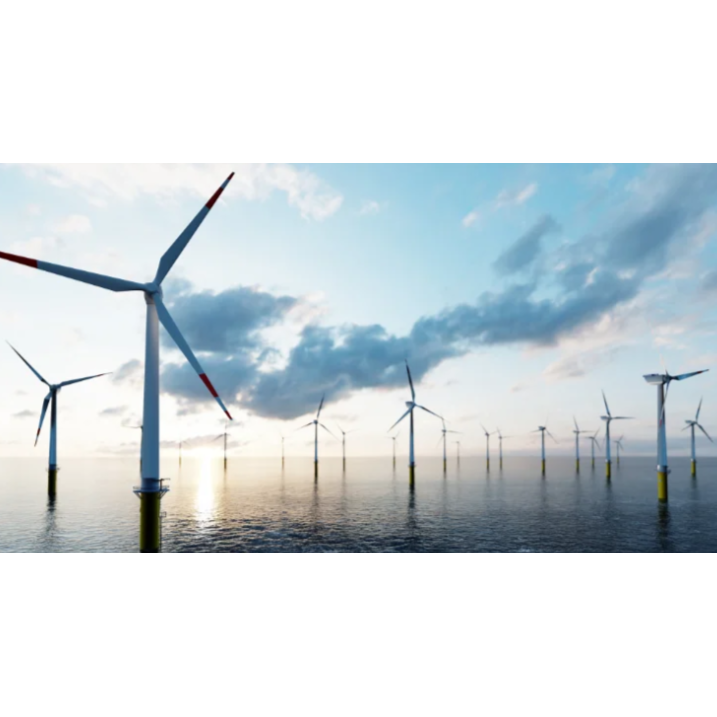China Energy Storage Network: In May 2024, the New South Wales government of Australia released a consultation document as part of a long-term energy storage technology review, which reduced the duration of long-term energy storage systems to 4 hours. This change in definition has caused different reactions in the Australian energy industry. The Global Long-Duration Energy Storage Council "strongly recommends" that the duration of long-term energy storage systems be maintained at 8 hours.

The Australian Energy Market Operator (AEMO) was commissioned to provide advice on NSW’s energy storage requirements to support the review.
The NSW government hopes that by changing the definition of long-duration energy storage, it will help the state meet its target of deploying 2GW/16GWh of energy storage by 2030.
Long-duration energy storage will become an important part of Australia’s energy mix, especially as coal-fired power plants are retired across the country, and the AEMO believes that the energy storage deployment target may be achieved by 2038.
The report states that energy storage capacity must also increase to support the growing renewable energy industry. The AEMO expects this to rise to 22GW by 2030 and 49GW by 2050.
Consultation document’s proposals should not hinder support for longer durations
The NSW government’s proposal to modify the duration of long-duration energy storage has sparked mixed reactions in Australia’s energy industry.
Daniel Zelcer, acting policy director at the Clean Energy Investment Group (CEIG), said the state needed a combination of “short duration” storage (<4 hours) and long duration storage (>12 hours) to make up for the gap left by the closure of coal-fired power plants.
With this in mind, CEIG supports the NSW government’s move to change the minimum duration to four hours, but advocates for a more nuanced approach to applications where storage lasts longer than four hours, Zelcer said.
This position is also supported by the Australian Smart Energy Council, which wrote that "flexible approaches to providing firming capacity to NSW cannot come at the expense of clear and consistent investment signals for long duration energy storage systems that will provide power for at least eight hours. Long duration energy storage systems with a duration of more than eight hours will require an application before they can be deployed."
The Global Council on Long Duration Energy Storage "strongly recommends" a minimum duration of eight hours
The Global Council on Long Duration Energy Storage, which has more than 60 members in 22 countries around the world, said it "strongly recommends that the minimum duration of long duration energy storage systems be maintained at eight hours. As Australia's grid relies on more and more renewable energy generation facilities, the duration of energy storage systems required to provide resilience and flexibility will continue to increase. By the 2030s, this will increasingly be the case in NSW and Australia. . It is therefore important that the NSW government does not stand in the way of its long-term decarbonisation objectives, including minimising overall costs to consumers. ”
Like the Clean Energy Investment Group (CEIG) and the Smart Energy Council of Australia, maintaining investor confidence in Australia’s energy storage sector remains at the forefront of discussions around long-duration energy storage.
The group stressed that policy and regulatory consistency is an “important factor” in attracting investment and establishing a robust, low-cost supply chain. Changing definitions could hinder this stability and discourage investment in the long-duration energy storage sector.
Development of the NSW Long-Duration Energy Storage Industry
Long-duration energy storage is an important part of the state’s energy system, providing power from renewable sources during peak demand periods. The Stratford, Muswellbrook and Lake NSW areas are being considered for economic, social and environmental reasons. Lyell's three pumped hydroelectric storage (PHES) facilities have become a critically important infrastructure (CSSI) in the state, a technology that is growing in importance. Pumped hydroelectric storage (PHES) facilities are a form of long-duration energy storage systems.
In May, German energy developer RWE reached a final investment decision (FID) on Australia's first lithium-ion battery long-duration energy storage project, adjacent to its existing 249MW Limondale solar farm and about 16 kilometers from the nearest town of Balranald, New South Wales.
Just a year ago, RWE won the New South Wales government's first tender for long-duration energy storage systems and signed a long-term energy service agreement. The Australian Energy Market Operator (AEMO) has signed power purchase agreements for a total of 1.4GW of long-duration energy storage systems, bidding on behalf of the New South Wales government.
This shows that energy storage developers also need government funding and policies to develop eight-hour long-duration energy storage systems.
[Editor: Gao Qian]
 Follow official account
Follow official account
 Online support
Online support
 鄂ICP备2022017323号
鄂ICP备2022017323号
 鄂公网安备 42018502006493
鄂公网安备 42018502006493
